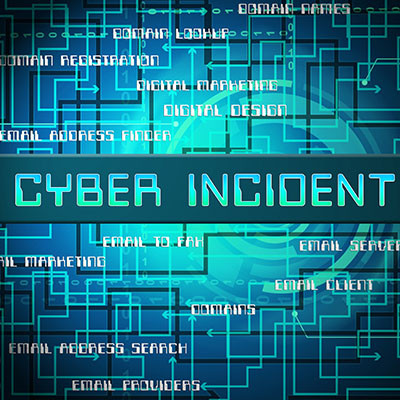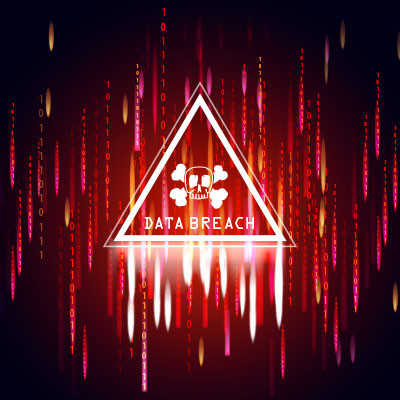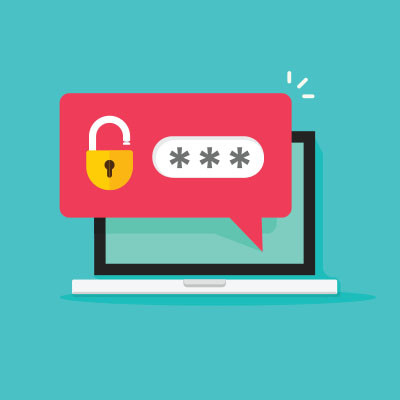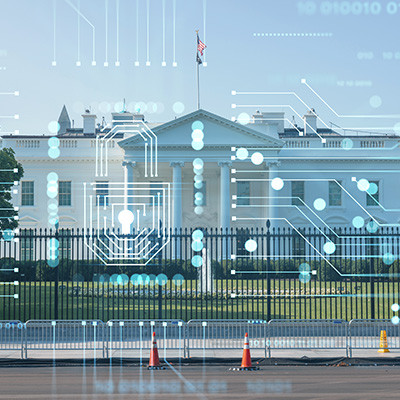Aniar Blog
Small and medium-sized businesses largely rely on their standing amongst their audience, which means their reputations are critically important to preserve. Unsurprisingly, one of the fastest ways to damage—if not eliminate—their reputation amongst the public is to suffer a cybersecurity event. Let’s examine some statistics, and consider what you need to do to keep your business from becoming one.
Technology and digital tools are a hot topic on our blog, but where there is technology, there is also data… and where there is data, there will be hackers trying to steal it. Data breaches are a common thread in all industries, and to prove this, we have put together six of the most notable data breaches from 2023. We hope you can learn a thing or two from them!
In this blog, we continuously try to caution individuals against clicking on suspicious links, but distinguishing between a genuine URL and a questionable one has become increasingly challenging. Malicious tactics have evolved, making it imperative for everyone to remain vigilant. These threats are pervasive, coming from various directions. This discussion will focus on a single punctuation mark that can help determine whether a link is genuinely safe or potentially perilous.
Securing accounts is part of a comprehensive security strategy, and it all begins with practicing proper password hygiene. Are you using strong, complex passwords that are going to keep your accounts safe? While we always recommend using multiple measures to protect accounts, starting with your passwords can be a good way to build up to this. Let’s go over how to use better passwords for all of your online accounts and business needs.
Ensuring the security of your data is extremely important. If you are a frequent reader of this blog, you know that any unauthorized access to sensitive information can result in severe consequences for your business. The problem is that today’s cybercriminal tactics have become increasingly sophisticated, posing a constant challenge to organizational data security. Today, we look at six things you can do to keep your data secure.
Planning anything is always a grind, and trying to plan the best strategy when you have only a partial understanding of the subject can lead to a lot of waste. Business technology is one of those subjects. Not only do you need to identify what tech will be cost-effective, you need to get a pretty rapid return on the investment you plan to make. That’s why getting a professional perspective is so important in cases like this.
Every organization needs to have a certain level of cybersecurity protection in place. That includes firewalls, antivirus, VPNs, encryption, and centrally managed security policies. Even so, many modern cybercriminals know that businesses have these protections in place, and they are working out ways around them.
The State of Maine in the United States has been the victim of a cyberattack.
That’s right, the whole state was hacked by a Russian hacking collective.
The state claims that over 1.3 million people’s personal information was compromised via an already known vulnerability in secure transfer service MOVEit Transfer. Unfortunately for the people of Maine, this vulnerability is known to be used by the Cl0p ransomware gang, based out of Russia.
Nowadays, data security, especially on files that are attractive to hackers, has to be a priority. Many businesses have deployed a Virtual Private Network (VPN) to help them improve their data security. If you haven’t, understanding the myriad of benefits that businesses get from deploying a VPN will put in perspective just how useful the VPN can be.
Back in July, the White House secured commitments from Amazon, Anthropic, Google, Inflection, Meta, Microsoft, and OpenAI to help manage the risks that artificial intelligence potentially poses. More recently, eight more companies—Adobe, Cohere, IBM, Nvidia, Palantir, Salesforce, Scale AI, and Stability—also pledged to maintain “the development of safe, secure, and trustworthy AI,” as a White House brief reported.
Let’s talk a little bit about deepfakes. If you aren’t aware of this technology, deepfakes are essentially synthetic media. Typically they come in the form of videos or images that use artificial intelligence (AI) to replace a person’s likeness with another’s. With deepfake technology, people can convince an audience that a person said something they didn’t say. This deliberate digital subterfuge can bring with it a whole lot of problems. This week we will outline a few of them.
It’s an unfortunate fact that cybercriminals are motivated to attack places that contain large volumes of sensitive data, but typically lack the budget or in-house skills to sufficiently protect it. It’s even more unfortunate that this description directly applies to many schools and school systems.
Let’s talk about what schools have to offer cybercriminals, and what they need to do as a result.
It’s borderline impossible to conduct any business online without seeing potential threats abound. It also doesn’t help that threats tend to disguise themselves to avoid being detected. Today, we want to share a social media threat that one of our employees discovered while going about their day, and we think even a cautious user could have been fooled by it.
The cloud is an amazing tool for just about any business, allowing for countless benefits that span endless possibilities. However, because it involves the Internet and hosting data in an online environment, there are security challenges that naturally come about as a result of utilizing it. Let’s consider some of the security mistakes that businesses can experience while using the cloud.
In today’s interconnected world, an organization dedicated to fraud protection like the United States Federal Trade Commission is vital, especially when you consider how advanced digital technology has become and continues to grow. The FTC works to ensure consumer data stays protected by the businesses to which they entrust it. Let’s look at the Safeguards Rule and what your business should know about it.



















